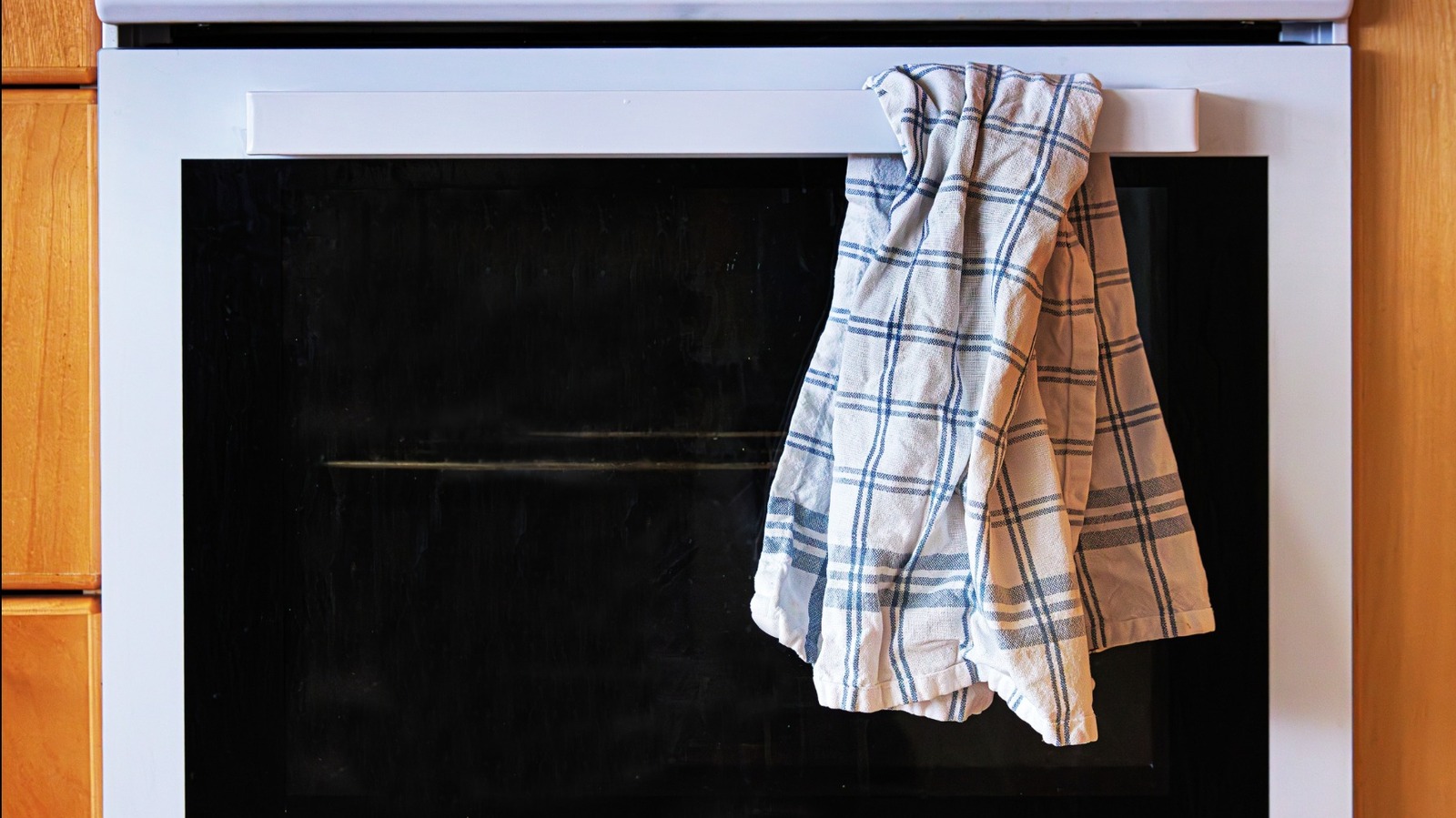
"To reduce the amount of bacteria on a dish towel, you should always wash it in hot water. The water should reach at least 60 degrees Celsius. At that temperature, bacteria reaches high-level disinfection, according to the journal Infection Ecology and Epidemiology, which is pretty clean. If you tumble dry at 70 degrees Celsius after washing, it kills even more bacteria, giving you almost bacteria-free towels."
"If you use detergents and fabric softener, those can cling to the fibers even after cleaning. Some grease and odor may resist heat and washing. If the towel becomes damp again, bacteria and smells can build up, trapped by the residue of commercial cleaners. To battle that, wash dish towels with a half cup of vinegar instead of detergent. Vinegar has antibacterial properties that increase with heat, so this method offers an added line of defense."
Dish towels accumulate bacteria and odors quickly and require high-temperature washing to disinfect effectively. Washing towels in water at least 60 degrees Celsius achieves high-level disinfection, and tumble drying at 70 degrees Celsius further reduces bacterial load. Detergents and fabric softeners can leave residue that traps grease, odor, and bacteria even after washing. Washing towels with a half cup of vinegar instead of detergent leverages vinegar's antibacterial properties, which increase with heat. Following up with a baking soda wash helps break down leftover residue. Washing once with vinegar and again with baking soda yields a deeper clean and reduces bacterial buildup.
Read at Tasting Table
Unable to calculate read time
Collection
[
|
...
]